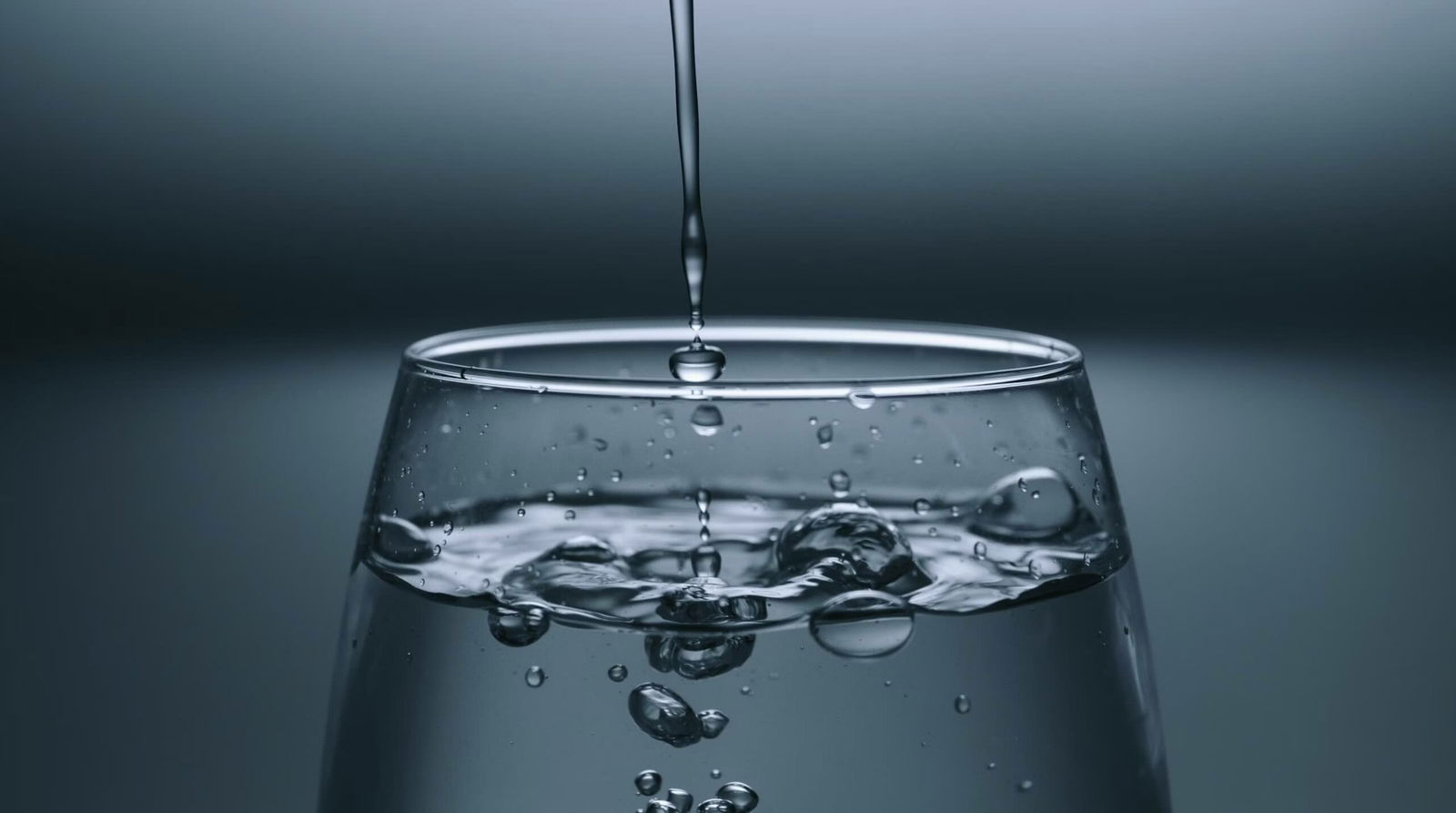Half of the planet’s population lacks access to clean water, according to new findings that reveal the impact of poor water quality in various parts of the world.
According to a recent geospatial analysis and statistics published by the Swiss Federal Institute of Aquatic Science and Technology, four billion people in low- and middle-income countries lack access to safe drinking water. Water quality is one of the most essential requirements for healthy living, and the recent research highlights how contamination affects large portions of the population in several regions.
“Exposure to feces in drinking water is a risk factor for health as many pathogens are transmitted,” said Esther E. Greenwood with the Swiss Federal Institute of Aquatic Science and Technology in an email to The Debrief.
“In many low-income areas, lack of adequate sanitation leads to increased environmental contamination, which can affect drinking water supplies,” added Greenwood, who worked on the study with colleague Timothy R. Julian.
Shockingly, their findings reveal that earlier global estimates of safe drinking water were significantly underestimated for some of the most underserved populations.
Greenwood says the new research reveals that past assessments had likely underestimated the problem. “Generally, we lack data on drinking water quality globally, and currently, national estimates are lacking for approximately half of the global population. We need to use models because of limited data on drinking water quality and other aspects of safe drinking water.”
“We can only estimate how many people lack safe drinking water. Differences in estimates have to do with how these data gaps are dealt with,” she added, explaining how she and Julian modeled the estimates and how their working methods differed from previous ones.
The data analysis revealed that only 30% of drinking water in rural areas is free from contamination, 50% is available on-premises, and 80% comes from improved sources. However, due to the lack of data on water availability, these figures may not fully represent the actual safety and accessibility of drinking water, as the analysis only considers households that could offer complete data, meaning that many more who lack sufficient water at home had likely been excluded. Greenwood conceded that the data set’s limitations in certain regions could also contribute to discrepancies in their findings.


“We believe these are the main causes for the differences,” Greenwood told The Debrief. “Still, some differences may also be due to limitations of our data set; specifically, some regions (the Americas and Europe, for example) have limited representation in our training set.”
Water nonprofit organizations worldwide have called for better access to clean drinking water for years. The United Nations (UN) 2030 Agenda for Sustainable Development outlines the human right to clean water. However, data on safely managed drinking water services (SMDWS) is scarce for much of the global population, especially in smaller communities within low- and middle-income countries.
However, equally concerning is the fact that many of the main obstacles preventing access to clean drinking water remain poorly understood.
To help overcome such challenges, Greenwood and her team combined information from household surveys with satellite data and mapping techniques to create detailed maps showing how people in 135 low- and middle-income countries (LMICs) access drinking water. Their research revealed that in 2020, only one in three people in these countries had access to safe water sources.
“In our model, we are calculating safely managed drinking water using four sub-criteria of safely managed drinking water services: (1) use of an improved source type, 2) availability when needed, 3) accessibility on-premises and 4) absence of fecal contamination) at the household level (based on household surveys from low and middle-income countries),” Greenwood told The Debrief.
“We then used globally available geospatial data sets and machine learning to predict areas that do not have data on all these criteria,” she explained. “The previous estimates by the WHO and UNICEF Joint monitoring program were calculated based on the minimum of at least three of these criteria at urban and rural levels (based on a wider range of data sources including administrative and regulatory data from all countries, including high income).”
“Machine learning with geospatial data sets help us estimate areas where no household survey have been collected based using predictors associated with human and environmental factors that capture variations in drinking water quality, availability, and access to basic infrastructure,” Greenwood explained when asked about the role geospatial modeling and Earth observation data play in providing more accurate estimates on safely managed drinking water services in LMICs.
Sadly, this means that around 4.4 billion people in low- and middle-income countries still lack access to safe drinking water at home—a figure that’s double the 2 billion estimated in 2020 by the World Health Organization and UNICEF’s Joint Monitoring Programme, which tracks global progress on clean water and sanitation.
The primary issue is that nearly half of people in low- and middle-income countries face problems with safe drinking water due to fecal contamination, as indicated by the presence of E. coli. This contamination poses a serious public health risk, especially for young children.
“Diarrheal disease is predominantly caused by fecal pathogens and is still a leading cause for mortality in children under five globally,” says Greenwood.
Nemours Children’s Health, a leading pediatric health system, emphasizes that antibiotics and anti-diarrheal medicines can be harmful in treating E. coli infections in some cases. The challenges of treating E. coli are particularly severe in underserved areas, where limited healthcare access increases the risk of death.
“Currently, global monitoring does not really capture water quality and, therefore, estimates of safely managed drinking water services,” Greenwood says.
“One key implication is the urgent need for more comprehensive water quality testing at national levels and reporting to global estimates,” she adds.
Greenwood, Julian, and their colleagues’ new study, “Mapping safe drinking water use in low- and middle-income countries,” appeared today in the journal Science.
Chrissy Newton is a PR professional and founder of VOCAB Communications. She currently appears on The Discovery Channel and Max and hosts the Rebelliously Curious podcast, which can be found on The Debrief’s YouTube Channel on all audio podcast streaming platforms. Follow her on X: @ChrissyNewton and at chrissynewton.com.

